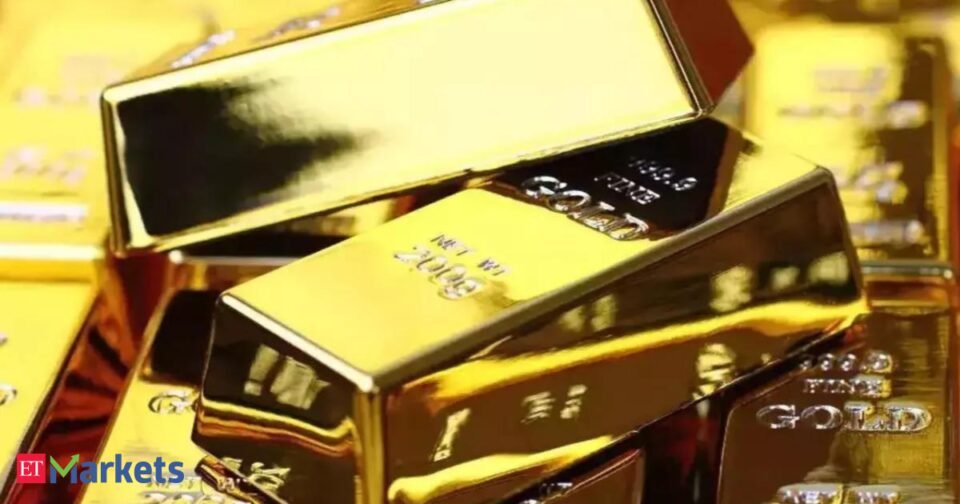Gold has been on a bullish trajectory for several months. A combination of factors, including escalating geopolitical tensions, the US Fed’s rate cuts, a weak global growth outlook, and robust demand from various central banks, has bolstered the appeal of the yellow metal.
Indian gold prices have doubled in the last five years, with this year alone seeing a surge of more than 24 percent. However, this substantial rise in prices has left investors confused, raising questions about future price movements and whether this is the right time for new investments.
As numerous factors affect the supply-demand dynamics, gold prices typically experience significant fluctuations in the short and medium term. Therefore, short-term traders are advised to wait for a correction before making new investments, as prices are currently hovering at record highs. Meanwhile, long-term investors can continue to invest in physical or digital gold by adding more when prices decline.
There is no upper limit for safe-haven commodities like gold. If demand exceeds supply, prices can continue to rise.
A deep understanding of the fundamentals driving prices can be more rewarding for investors.The ongoing tensions in the Middle East and the Russia-Ukraine war have worsened global geopolitical conditions, leading investors to shift their preferences toward safe-haven assets like gold.When geopolitical tensions rise, particularly during wartime, investors become more risk-averse. They fear that conflicts could negatively impact financial markets and economies worldwide. As a result, they seek refuge in safe assets like gold, which are historically viewed as secure investments.
Additionally, a war-like situation negatively impacts the global growth rate and causes higher inflation, both of which are supportive of bullion prices.
Interest rates and gold typically have an inverse relationship. The recent surprise rate cut by the U.S. Federal Reserve and indications of further rate cuts are supportive of gold. Lower rates make bonds and savings accounts less attractive to investors, increasing demand for bullion and driving up its price.
Demand from India and China is another key factor. While Chinese demand has declined in the first half of the year, a recovery is expected in the coming year due to the recent announcement of aggressive economic stimulus measures. Additionally, a cut in customs duty on gold in India may stimulate healthy demand, lifting local prices. A weak Indian rupee will also contribute to higher domestic prices.
Gold demand from various central banks has increased over the past couple of years. Despite seemingly challenging conditions such as higher yields and a strong U.S. dollar, forecasts suggest that central banks’ appetite for gold will continue in the coming years.
However, despite a combination of positive fundamentals, a technical correction or profit-taking at higher levels cannot be ruled out in the short term due to record-high prices. Additionally, changes in U.S. Federal Reserve policy decisions, strong global equity markets, and a robust U.S. dollar may also influence prices.
(The author Hareesh V is Head of Commodities, Geojit Financial Services. Views are own)

